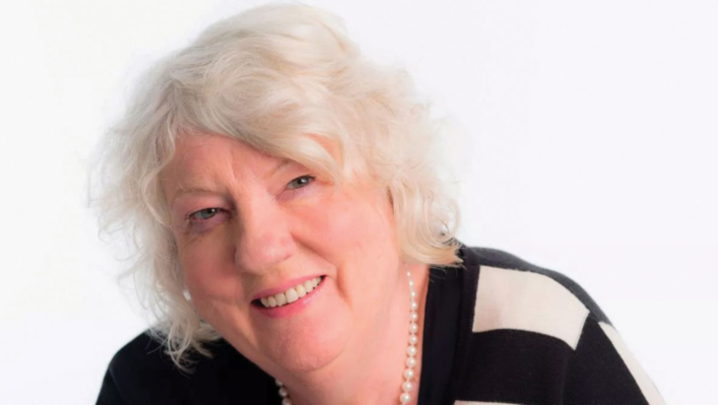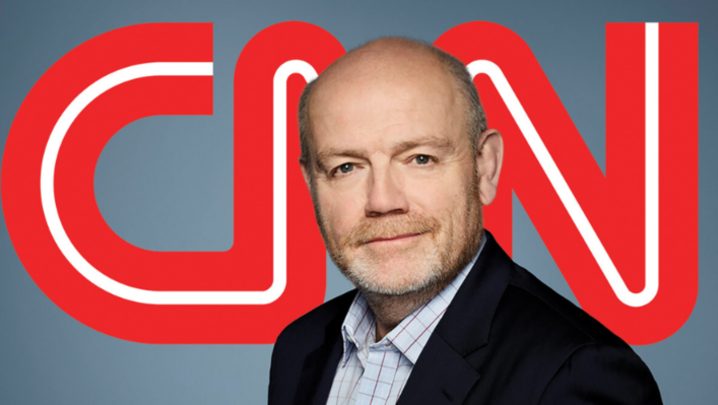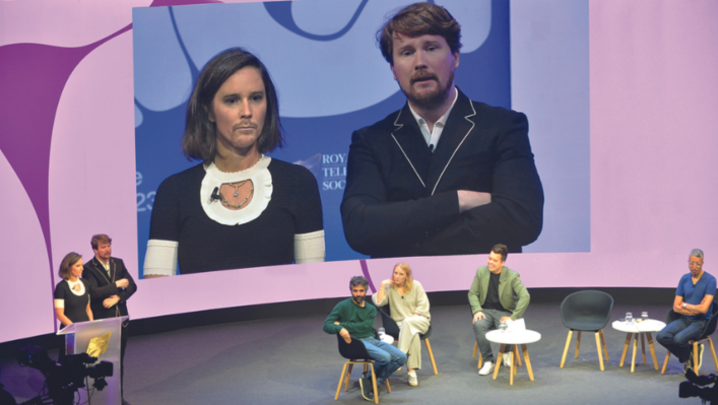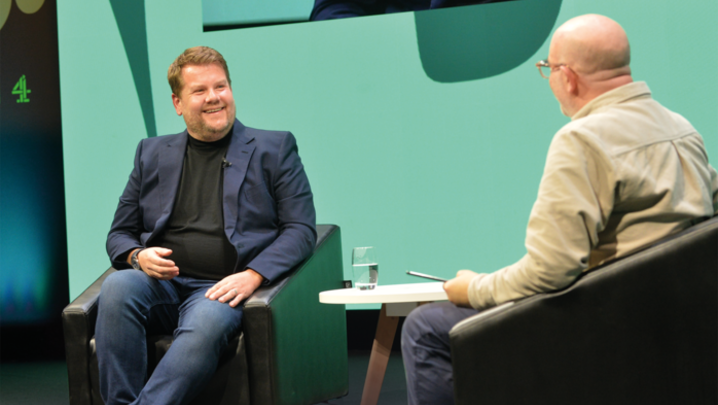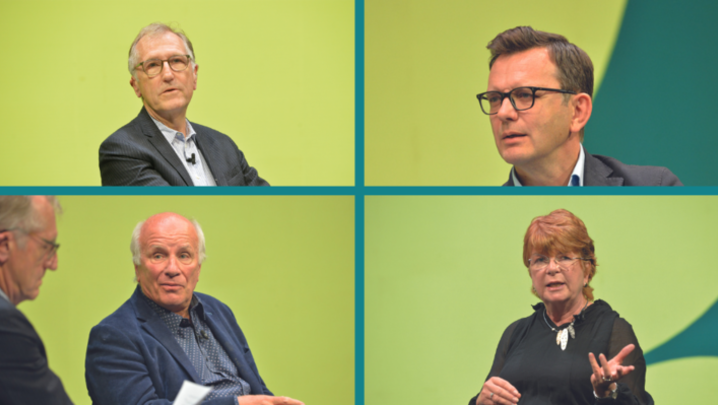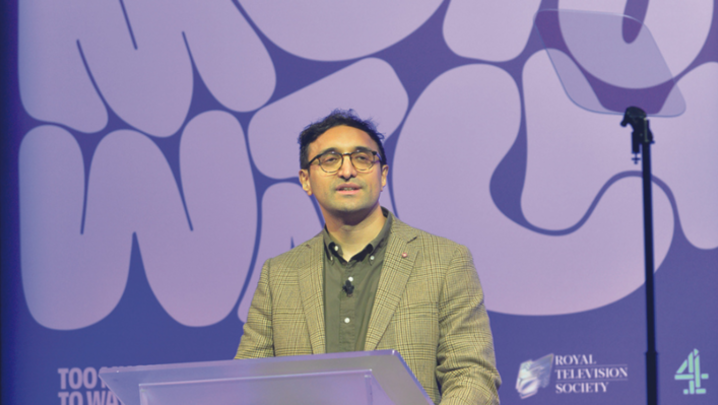Steve Clarke hears how news coverage north of the border has been shaped by a tsunami of huge events.
Scottish TV newsrooms have faced unprecedented challenges in the past two years. The fallout from Brexit, Black Lives Matter, Holyrood elections, Cop26 and the pandemic have tested journalists as never before.
Speaking at an RTS Scotland event in November, 5 News’s Scotland reporter, Alan Jenkins, recalled how, six months into the health crisis, he realised how profound the change was when he interviewed a Covid-19 patient discharged from hospital: “He was in a wheelchair. Normally you’d do the interview inside his home, but we did it on his doorstep, at a distance, with masks on.
“This man got very emotional. Normally, you’d comfort him in some way, but I was unable to because of Covid restrictions.”
STV News reporter Kaye Nicolson said there had been many such moments: “You’re often doing interviews outdoors in all weathers with masks on. That feels unnatural because you can’t see people’s facial expressions.”
Linda Grimes Douglas, head of news and current affairs at STV, recalled the early days of the pandemic: “I had this sense that we were about to experience something that I didn’t know how we’d get through. How were we going to protect our staff and how would we physically be able to work once lockdown hit?”
Kevin Jackson, assignment editor at BBC Scotland, recalled how, as a viewer, he was affected by seeing TV news reports filmed inside ICU units. “You got a real sense of the crisis and what a massive event it was,” he said. “At the other end of the emotional spectrum, there was the first patient who was clapped out of hospital. The pictures [showed] the guard of honour and the nurses. You thought: ‘That person has survived.’”
Ciaran Jenkins, Scotland correspondent for Channel 4 News, remembered the real sense of terror he experienced reporting the early weeks of lockdown. “From the start, we realised that a big part of the story was what was unfolding in care homes. They filmed themselves inside for us,” he said. “The horrifying impact of the virus soon became apparent in care homes where people were dying.
“We were able to show that the reality on the ground didn’t always match the political rhetoric, especially with the shortage of PPE…. In every single care home, they were dealing with their own disaster.”
Channel 5’s Jenkins said his role changed as his reports highlighted how differently to Downing Street Nicola Sturgeon was handling the pandemic. “For viewers in England, it allowed them to see how things were being handled north of the border,” he said. “All of a sudden, devolution meant something to our viewers because Scotland was doing things differently to England.”
Newsgathering changed, arguably for ever, as Zoom interviews became commonplace. Nicolson said her job as a reporter altered dramatically when she worked from home, even editing her packages on a laptop: “It’s not the same when you’re sitting in your kitchen on Zoom. Trying to get contributors to be video journalists also posed challenges.”
Jenkins added: “Journalists are used to collaborating, but suddenly you were often on your own. And reporters were living the story they were reporting on. I live on my own so, mentally, it was quite tough.”
Thankfully, more traditional ways of working returned with the summer’s easing of coronavirus restrictions. The TV news professionals spoke of how they had prepared to cover the recent Cop26 conference in Glasgow.
It was taxing logistically as Scottish newsrooms got ready to report on a huge event, which, at one point, looked as if it would be attended not only by the US President, but also by the Queen, the Pope and 100,000 protesters.
“There were just two of us covering Cop for 5 News,” said Jenkins. “Every day, we had to carry our kit 5km. We did lots of pre-filming because conferences tend not to be visually stimulating and we wanted it to be fun. I remember broadcasting live from a bouncy castle.”
“Two years that shook the news” was an RTS Scotland event held on 29 November. It was chaired by BBC Scotland journalist and Seven Days presenter Fiona Stalker.


